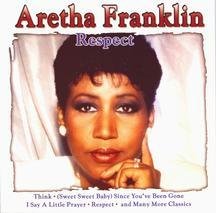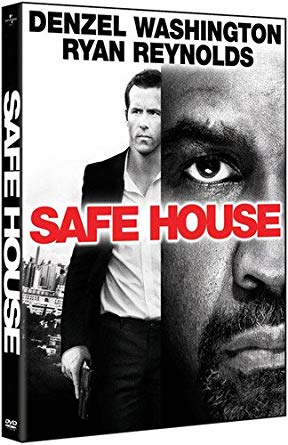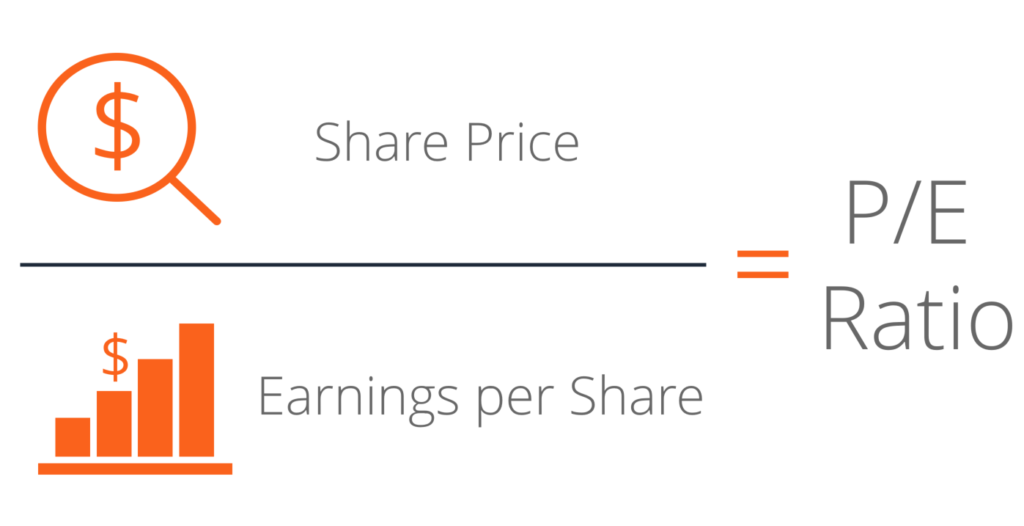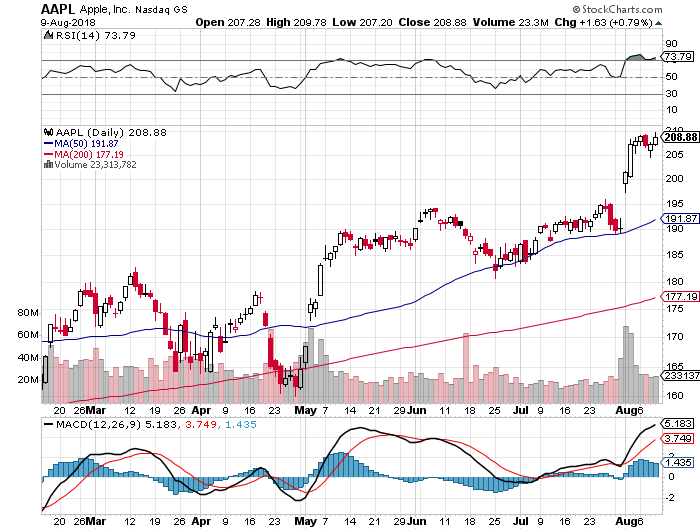Together with my family, I recently went to a restaurant that was located in a remote area. When we got to the restaurant, we found that we didn’t have cell phone service. Perhaps the restaurant had WiFi, but we didn’t ask.

No Cell Service
Normally, during dinner at a restaurant, my family does what many other families do during dinner: play with our cell phones. Because we didn’t have cell service at this restaurant, we were forced to talk to one another. This went well for a while until one of us was unsure of a fact. We went to look up the fact – but we couldn’t. No cell service! Our discussion went unresolved as a result. To be continued. None of us were used to that.
Instant Gratification
We are all now so used to getting what we want the second we want it. If we want to know something, we look it up right then and there. This works better and better in information technology as internet speeds improve. Patience is not a virtue when you have all of the world’s information available to you in the palm of your hand. Our children have grown up used to this level of availability and they are largely impatient as a result.
Investing Takes Time
The problem is that this Instant Gratification culture doesn’t work in the investing world. Investing is a long, hard slog with ups and downs along the way. You pick a target for your net worth and hope and strive to hit that target 10 or 20 years from now by earning that 8% per year and compounding your gains. Saving and investing and building your net worth is more like farming. Your goals take time and nurture to materialize. Patience is not just a virtue but is absolutely necessary to be a good investor and successfully to build your wealth. If you join a hot start-up and become a millionaire early on when your company goes public, good for you, but that is the exception rather than the norm. Now, with online trading access, you can monitor your portfolio constantly and in real time, but that is different than actually becoming wealthy overnight. Even that can be counterproductive because buying and selling stocks based on daily news and daily trading fluctuations is likely not the best investing strategy.
IMO
There is nothing wrong with playing with your phone instead of talking with the rest of your dinner party. There is nothing wrong with looking up something because you want to know it right then and there. My point is that you shouldn’t translate the Instant Gratification mindset into your investing plans. Successful investing takes time and patience as well as discipline. It can still be an enjoyable adventure but it won’t happen overnight!









